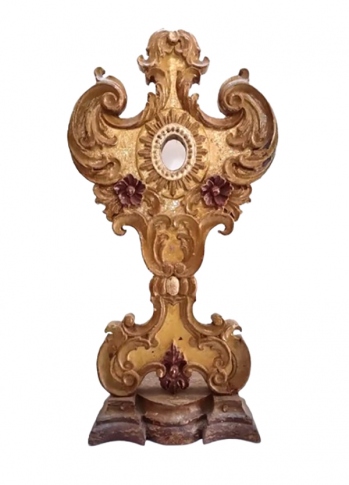
Frazer Andrade
Palm Sunday is a Christian celebration that marks the beginning of the Holy Week leading to Easter Sunday. It commemorates Jesus’ triumphant entrance into Jerusalem when people laid down palms and branches before him as a sign of honor. In modern times, churches hold Palm Sunday services in which worshippers are given a palm branch or cross made from palm leaves. The celebration involves singing hymns, reading Scripture, and sometimes even a procession with the palms. Palm Sunday is a reminder of the selfless love Jesus showed by laying down his life for us, and it is a time to reflect on our own lives and how we can show that same love to those around us.
Palm Sunday is the day we remember and celebrate the day Jesus entered Jerusalem as Savior and King. As Jesus rode a donkey into Jerusalem, a large crowd gathered and laid palm branches and their cloaks across the road, giving Jesus royal treatment. The hundreds of people shouted, “Hosanna to the Son of David! Blessed is he who comes in the name of the Lord! Hosanna in the highest!” In accordance with the Post Vatican II liturgy, red vestments symbolic to the suffering of Christ are used by the clergy on Palm Sunday and Good Friday. However traditionally purple/violet vestments were used on this day. For Palm Sunday, this was because it was the day when Jesus processed to Jerusalem where he was to be slain on the cross. It is a time of mourning, hence the use of violet. Also in the procession was the use of the folded chasuble by the Deacon and Subdeacon. This is another aspect of the mournful nature of the procession. The use of red for the blessing and procession makes no sense as red had been liturgically reserved for days on which martyrs have died as well as the Pentecost. Why would red be used when Jesus had not yet been martyred? Also used in the post-1955 Palm Sunday are the tunicle and dalmatic, the two vestments of joy. Palm Sunday was not a day of immense joy, but rather the beginning of the great sorrowful sacrifice of God on the cross. For this, such symbolism of joy seems quite inappropriate.
As one enters old churches one may notice candle stands alternating with decorative floral motifs placed at the foot of altar retables. The most common floral decorations found on Indian church altars consisted of palm branches and flowers arranged in a vase. The branch is directly related to the palms borne in the processions held on Palm Sunday, in both the West and the Portuguese East. Such arrangements are still known in Portugal as altar palms in homage to their origin. In Goa they came to be known as ramalhetes (bouquets) in memory of the flowers with which Christians adorn the palm branches on the occasion of Palm Sunday. Similar to the Ramalhete, is an object called as the Palmette which was meant to depict palm leaves used during Jesus’s triumphal entry. On this day, young boys from every household in Goa would decorate coconut palm fronds by weaving them into various designs like bows, flowers, tassels etc. They would decorate the palm tips with colorful paper flowers and carry them to their respective parish church or chapel were they would be asked to stand in the sanctuary. The celebrant priest would then bless these fronds before mass began. When mass was ended, one person from each family gathered in the church would take back home a blessed leaflet, which would be placed onto their family oratory/altar after burning the leaflet of the earlier year. Any extra blessed leaflets remaining in the church would be burnt to ashes and the ash was used for Ash Wednesday in the following year. Indeed, often the format in which the ramalhete had been executed was rather far removed from its origins, though many at least recall the two constituent parts: the vase and a palm branch. Ramalhetes were often used as altar ornamentation in Portuguese churches. Replacing natural florets, they decorated the stepped base of the retable and were used to augment the richness of the display by reflecting the incandescent light. Generally mistaken for a monstrance if they had a central window, they are elaborate in character and design. Over centuries, the original palm leaf design evolved into floral bouquet like patterns, which are commonly seen on Altars used for the Traditional Latin Mass. Ramalhetes, as mentioned earlier may have a central oval open window. This window element would make it resemble a reliquary (some Ramalhetes also served as reliquaries). Ramalhetes may be sculpted in wood which may be painted or gilded. Some times they may be made entirely of metal or in some instances a metal sheet (generally a copper alloy or silver) may be worked on and mounted onto a wooden core. Ramalhetes in today’s times have not been given any importance and do not form part of contemporary altar decoration anymore.
